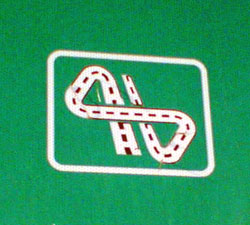I just got me a Nokia E71 smartphone. It looks like a particularly well-constructed gadget, though I reserve judgment until I’ve used it a while – stay tuned!
However, I can already share one observation: the incredible amount of technology crammed into this tiny device. A few years ago we’d marvel at its slimness if it were only a cellphone; but it isn’t only a cellphone. It’s a cellphone, and it’s a PDA, and it’s a GPS, and it’s an MP3 player, and it’s a video player, and it’s a recorder, and it’s a radio, and it’s a web browser, and it has bluetooth, and it has WiFi, and it has Infrared, and…
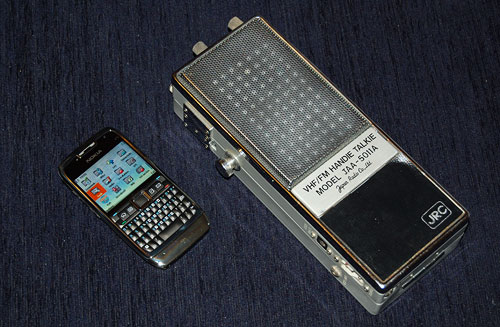
You get the idea: this device has everything under the sun, and it’s still tiny. So for comparison, I present it here next to another 2-way communication device, a VHF transceiver made by the Japan Radio Co., Ltd., sometime in the sixties. I won this at a raffle in the annual meeting of the Israel Amateur Radio Club in the early seventies; and at the time I had to get a special license for it, it was such a big deal. It was also considered very miniaturized, since it used transistors and could be held in the hand – just like the Nokia beside it; however, this JRC was not a PDA, and it wasn’t a GPS, and it wasn’t an MP3 player, and it wasn’t a video player, and it wasn’t a recorder, and it wasn’t a radio, and it wasn’t…
You get the idea: back then it was all they could do to pack a radio transmitter and receiver into this 9 inch long box; today, the sky is the limit. And so, one can safely state, we’ve come a long way… and I can’t help but think that, with all respect to Kubla Khan and his stately pleasure dome, it is Nokia’s engineers who should be credited for giving us a miracle of rare device !
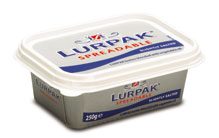 So I want to give kudos to
So I want to give kudos to 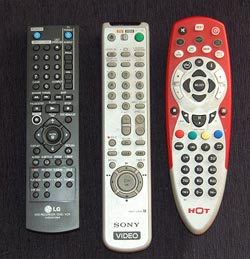 The proliferation of these gadgets has created a real problem, and home electronics makers are responding by creating R/C units that can control more than one item; most typically, a TV set and the DVD, PVR or VCR feeding it.
The proliferation of these gadgets has created a real problem, and home electronics makers are responding by creating R/C units that can control more than one item; most typically, a TV set and the DVD, PVR or VCR feeding it.

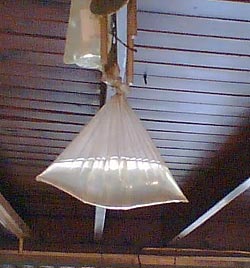 But the most amazing device is one I snapped in a restaurant today: a nylon bag filled with water, hanging from the rafters (I’ve also seen them hanging from tree branches occasionally). And this traditional system is in use not only in Israel – as I discovered in Google,
But the most amazing device is one I snapped in a restaurant today: a nylon bag filled with water, hanging from the rafters (I’ve also seen them hanging from tree branches occasionally). And this traditional system is in use not only in Israel – as I discovered in Google, 
